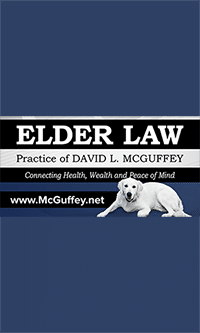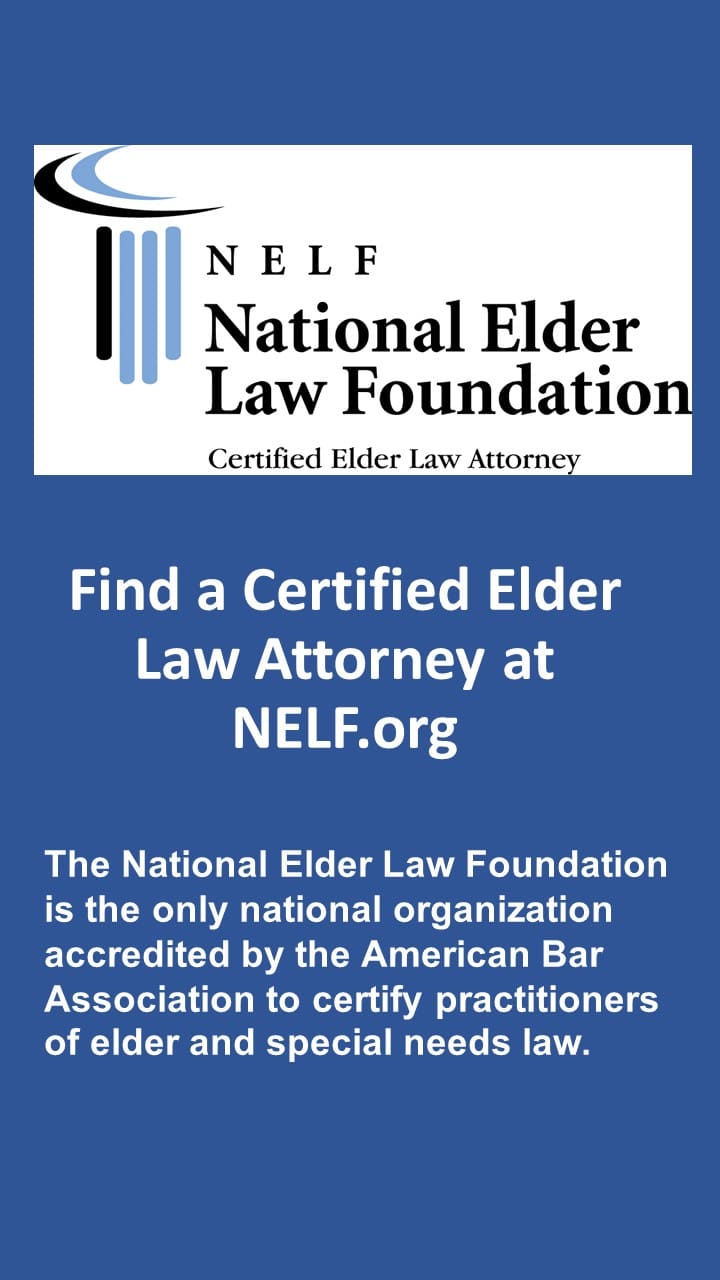Wilcox v. Gamble Guest Care Corp., 928 So. 2d 695 (La. Ct. App. 2006). Plaintiff appealed after trial court sustained patient liability fund’s exception of no cause of action on Nursing Home Bill of Rights claim and appealed trial court’s awards for damages. Plaintiff had settled with the nursing home and proceeded to trial against the fund. On appeal, the court found no error in sustaining the exception since the fund is not liable for penalties and attorney’s fees for violations of the nursing home resident’s bill of rights. The court sustained a $45,000 wrongful death award after finding that the record showed the resident was 83, had only months to live and that she suffered “very little” because any conscious pain and suffering would have been minutes instead of hours.
Bartholomew v. Wis. Patients Comp. Fund, 2006 WI 91 (Wis. 2006). A jury awarded $500,000 to the resident’s estate for noneconomic damages for predeath pain and suffering, $350,000 to the spouse for predeath loss of consortium and $350,000 for postdeath loss of consortium. The trial court reduced the award to $350,000, which was the cap for noneconomic damages in a medical malpractice case. The court of appeals determined that pre-death and post-death claims are not subject to the same damages cap. Analyzing the claims, the court determined that they were separate and could be brought by different claimants. The court concluded that the legislature adopted two caps, one for predeath claims and a wrongful death cap for noneconomic damages for wrongful death and loss of consortium. The decision below was reversed. Decided: July 7, 2006.
Baumgarten v. City View Nursing Home, 2006 WI App 78 (Wis. Ct. App. 2006). Following a jury trial, verdict was entered awarding damages as follows: $132,157.17 for medical expenses; $650,000 for Baumgarten’s pain and suffering; $3,965.31 for funeral and burial expenses; and $225,000 for Virginia Baumgarten’s loss of society and companionship claim. After trial, the court entered an order reducing the medical expenses to $82,157.17 and offered the estate the option of accepting a reduced award for pain and suffering in the amount of $300,000 or accepting a new trial on the issue of pain and suffering. The trial court’s order was late and therefore void. The nursing home appealed. On appeal Defendant argued it was only liable for the difference between the medical expense award and those already paid by its insurer ($124,422.15). The court agreed and directed the trial court to amend the medical expenses award to $7,735.02. Next, Defendants argued the trial court committed error by excluding a physician’s testimony that Baumgarten had a neurological condition that contributed to his death; the court found that the offer of proof was insufficient and affirmed the trial court’s decision to exclude the testimony. Defendants argued that the pain and suffering award was excessive and was influenced by the fact that the jury did not know Plaintiffs’ medical expenses had been paid; however, in light of Defendants argument at trial that it should not have been required to pay medical expenses, the refusal to inform the jury of this was consistent with its position at trial. Defendants argued that the evidence did not support the pain and suffering award; while the court found the evidence “lean” it was sufficient, if believed, for the jury to conclude there was substantial pain. Regarding whether wrongful death damages for loss of consortium was excessive, the court found that this is within the province of the jury and the jury must be given large discretion in determining the sum allowed. There was evidence of a loss of consortium and the amount was not excessive. There was no miscarriage of justice as the amounts awarded did not shock the conscious of the court. The verdict was affirmed with the exception that the medical expenses were reduced to $7,735.02. Decided: March 16, 2006.





